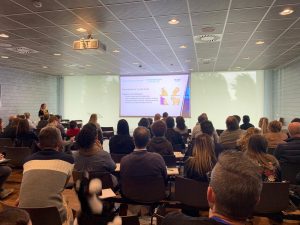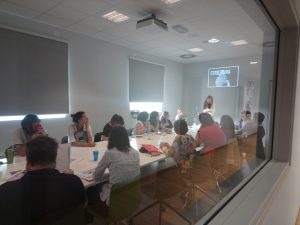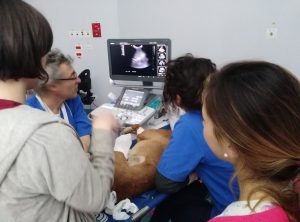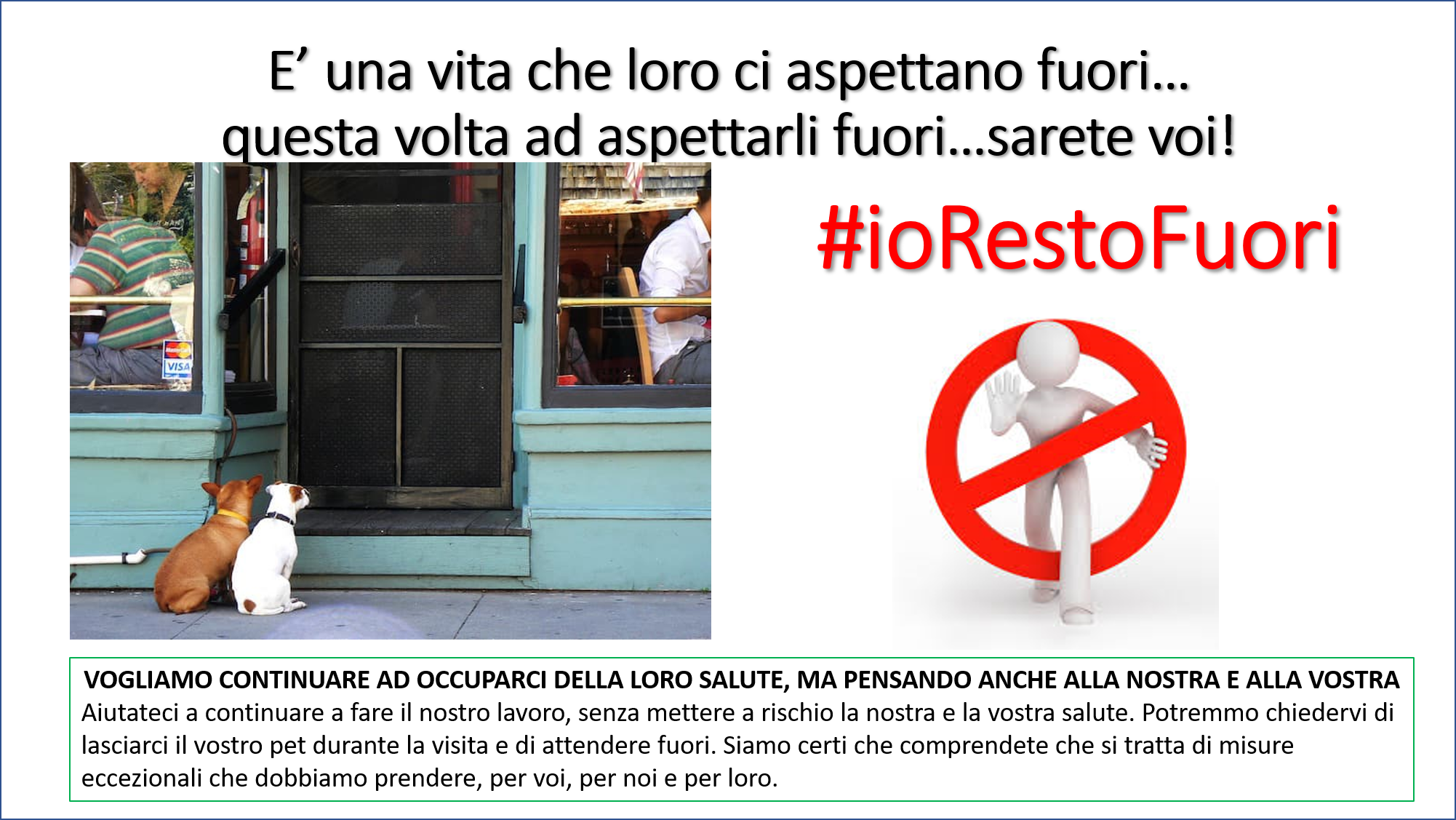Topical polyhydroxy acid treatment for autosomal recessive congenital ichthyosis in the golden retriever: a prospective pilot study
Puigdemont A1, Furiani N2, De Lucia M3, Carrasco I4, Ordeix L5, Fondevila D5, Ramió-Lluch L6, Brazis P6
Topical polyhydroxy acid treatment for autosomal recessive congenital ichthyosis in the golden retriever: a prospective pilot study
Vet Dermatol. 2018 May 22. doi: 10.1111/vde.12654.
Author information1 Facultat de Veterinària, Department of Pharmacology, Therapeutics and Toxicology, Edifici V, Universitat Autònoma de Barcelona, 08913, Bellaterra, Barcelona, Spain. 2 Studio di Dermatologia Veterinaria, via Morandi 7/C, 06083, Ospedalicchio di Bastia Umbra, Perugia, Italy. 3 San Marco Veterinary Clinic, Via Sorio 114/C, 35141, Padova, Italy. 4 CNR Veterinaris, Riera Basté 22, 08830, Sant Boi de Llobregat, Barcelona, Spain. 5 Facultat de Veterinària, Department of Animal Medicine and Surgery, Edifici V, Universitat Autònoma de Barcelona, 08913, Bellaterra, Barcelona, Spain.6 Laboratorios LETI, Edifici Astrolabio, Avinguda Cerdanyola 92, 08172, Sant Cugat del Vallès, Barcelona, Spain.
BACKGROUND
Autosomal recessive congenital ichthyosis (ARCI) in golden retrievers is due to a PNPLA1 gene mutation, which plays a role in epidermal lipid organization and metabolism. Topical therapies are used to reduce scaling; however, there are few published efficacy studies.
OBJECTIVES
To examine the efficacy of topical treatment based on gluconolactone, a polyhydroxy acid with known beneficial effects on stratum corneum structure.
ANIMALS
Sixteen golden retriever dogs with clinical signs of ARCI and PCR-confirmed PNPLA1 gene mutation.
METHODS
This was a prospective, multicentre, noncontrolled study. Dogs were treated with a shampoo and lotion containing gluconolactone and other hydroxyl acids. Treatments were administered initially twice weekly for two weeks, then once weekly for two weeks and finally once monthly. Examinations were performed prior to and at 14 and 30 days of treatment to assess scaling, presence of other skin lesions and pruritus. In two dogs, pre- and 30 day post-treatment, skin biopsies were obtained.
RESULTS
The extent and size of the scales were reduced by 60% and 75% after 14 and 30 days of treatment, respectively (P < 0.001). In 20% of the dogs, scaling was no longer observed after the first 30 days of treatment. No other skin lesions or pruritus were observed in any dog. Post-treatment biopsies showed normalization of the stratum corneum morphology and reduced hyperpigmentation.
CONCLUSION AND CLINICAL IMPORTANCE
The frequent use of a shampoo and lotion containing gluconolactone may be an effective measure to improve skin scaling in golden retrievers with ARCI.






 Il Direttore Sanitario Dott. Marco Caldin
Il Direttore Sanitario Dott. Marco Caldin